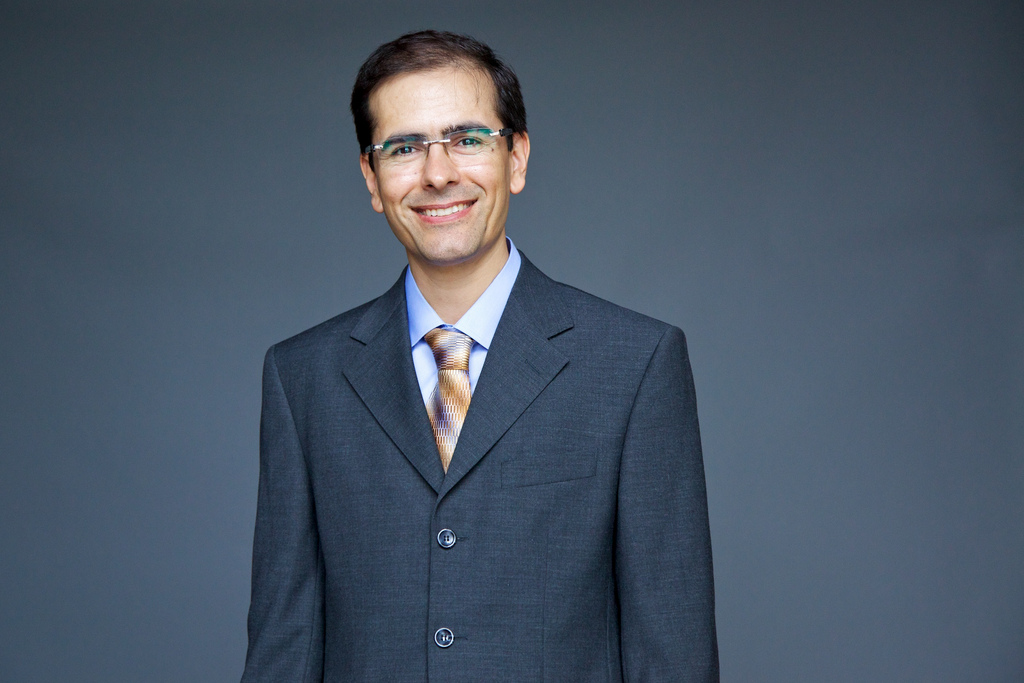Professor Mansoor Barati’s wins U of T Connaught Innovation Award
[sharexy]

Mansoor Barati, Assistant Professor (MSE)
February 3, 2011
Founded in 1972, the Connaught Fund was created from the sale of Connaught Laboratories, which first mass-produced insulin, the Nobel award-winning discovery of U of T Professors Frederick Banting and Charles Best. The University has stewarded the fund in the years since, awarding more than $1M to UofT researchers. Today, the fund invests nearly $4 million annually in emerging and established scholars.
The latest round of awards is the first under a new program architecture. After spending a year in consultation, the Connaught Committee designed a new suite of programs that would promote excellence in research and innovation across the disciplines, raise the profile of the university, and help it recruit and retain scholars. The result of that decision led to the establishment of the Connaught Innovation Awards and the Connaught Summer Institute Awards.
Professor Mansoor Barati was 1 of 7 researchers from the Faculty of Applied Science & Engineering to receive a Connaught Innovation Award. This segment of the Connaught Fund, with award values ranging from $30,000 to $80,000, is designed to help accelerate the development of promising technology, and promote commercialization and knowledge transfer. His award-winning research project is titled “Development of a Technology for Production of Solar Grade Silicon.” The other 6 Engineering recipients include Professors Tom Chau (IBBME), Amr Helmy (ECE), Peter Lehn (ECE), Joyce Poon (ECE), Milica Radisic (IBBME/ChemE), and Yu Sun (MIE).
“The goal,” said Professor Paul Young (CivE), U of T’s vice-president of research, “is for the Connaught Fund to have a transformative impact on our community, just as its namesake the Connaught Laboratories did. We want to make sure that the Connaught Fund, which has been so critical in supporting the research of our scholars for the past three-plus decades, is being put to best use in today’s context—hence, the new suite of programs.”
Professor Stewart Aitchison (ECE), Engineering’s vice-dean of research, received 1 of 2 Summer Institute Awards valued at $50,000, for the “International Symposium on Nanofabrication.” The symposium will bring together international graduate students, post-doctoral fellows and other scholars to foster interdisciplinary collaboration and creative new methods for research and innovation.
Finally, the committee invited three applicants to move to the next stage of the Connaught Global Challenge Fund application process. The award of up to $1 million annually brings together some of the university’s top researchers with leaders from other sectors. Through its three program elements — the Connaught Distinguished Visiting Scholar, the Connaught International Symposium and the Connaught Research Cluster — the Global Challenge Fund will enhance the university’s contribution to important issues facing society.
“The Global Challenge Fund allows us to focus intently on a leading global challenge of the 21st century,” said Young, “and to support research that is truly transformative in scope.”
Based on letters of intent, teams led by three U of T researchers have been invited to make full applications to the committee, including Dimitrios Hatzinakos (ECE) for “SmartData: How to get smart about evolving intelligence and protecting data.”
“Our intent,” said Young of the redesign of the Connaught Fund programs “is for the new program architecture to promote research excellence within the institution and to target funding to areas where traditional sources are currently limited.”
He went on to say that further announcements from the Connaught Committee are forthcoming. “We will soon be announcing the winners of the New Researcher Award, which helps new tenure-stream faculty members establish competitive research programs, and the McLean Award, which supports an emerging leader conducting basic research.”